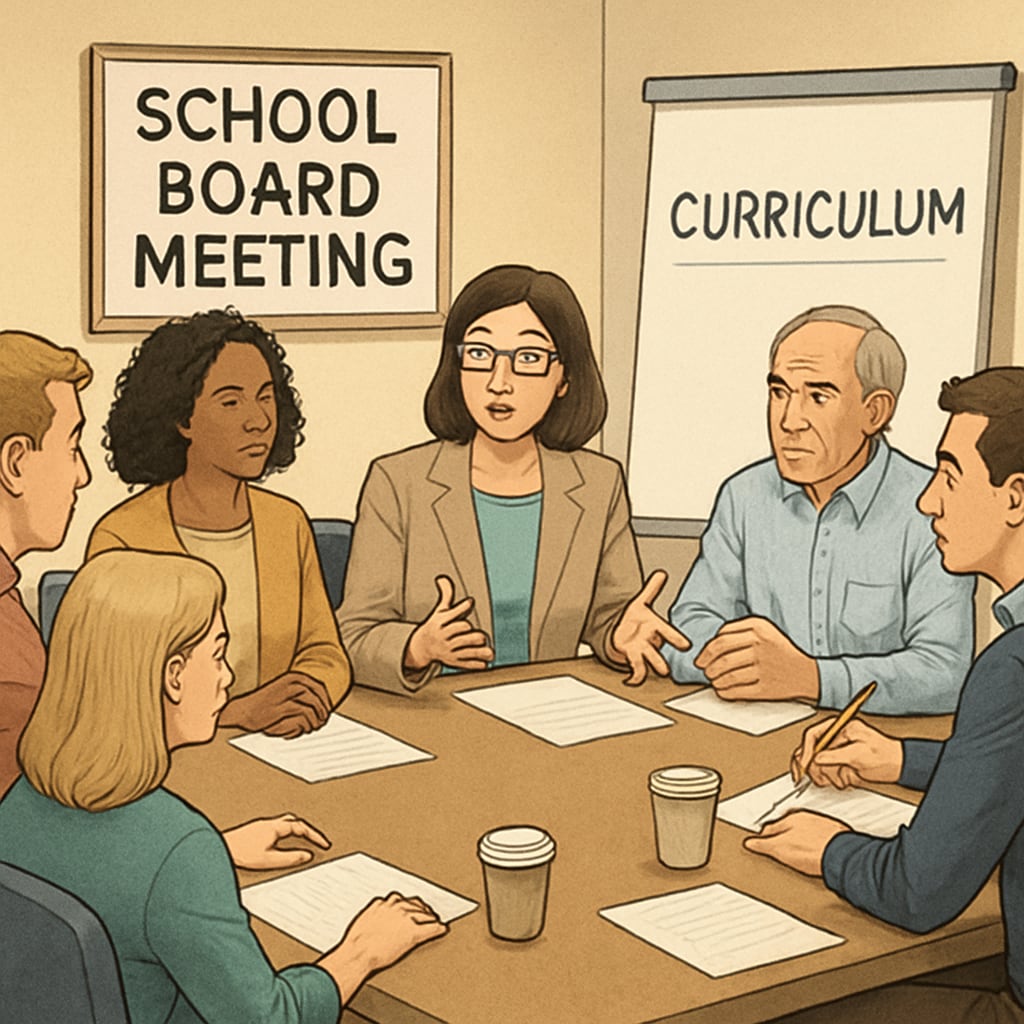The Heritage Foundation’s Project 2025 has reignited debates about academic freedom and diversity education in the United States. As conservative groups call for greater oversight of university curricula, the ripple effects are increasingly felt in the K-12 education system. This article explores the ideological tensions surrounding diversity education, the implications for academic freedom, and pathways to achieving a balanced approach in education.
Understanding Project 2025 and Its Focus
Project 2025, spearheaded by the Heritage Foundation, is a comprehensive plan aimed at reshaping government policies and educational priorities along conservative lines. One of its key objectives is to scrutinize diversity education initiatives, which proponents argue have become overly politicized. The Heritage Foundation advocates for a return to “neutral” education, emphasizing traditional values and minimizing what they see as ideological indoctrination.
However, critics argue that such oversight threatens academic freedom—the principle allowing educators to explore and teach diverse perspectives without external interference. Academic freedom is not just a cornerstone of higher education but also a guiding principle for K-12 institutions, where teachers are tasked with preparing students to navigate a pluralistic society.

The Intersection of K-12 Education and Diversity Initiatives
While Project 2025 primarily targets higher education, its influence on K-12 schools is unmistakable. In recent years, diversity education in K-12 has expanded to include lessons on cultural awareness, equity, and inclusion. These initiatives aim to foster empathy and understanding among students from diverse backgrounds. For example, programs often include discussions about historical injustices, contemporary social issues, and the contributions of underrepresented groups.
However, conservative groups argue that such programs sometimes cross the line into political or ideological territory. They express concerns that diversity education may prioritize activism over academics, potentially alienating students and parents with differing viewpoints. This tension raises questions about how schools can maintain a balance between teaching critical social concepts and respecting individual beliefs.

Striking a Balance Between Oversight and Freedom
The debate between oversight and academic freedom is not new but has become increasingly polarized. To address these conflicts, stakeholders must find common ground. Here are some potential strategies:
- Community Engagement: Schools can involve parents, students, and local organizations in curriculum discussions to ensure transparency and inclusivity.
- Professional Development: Providing teachers with training on how to navigate sensitive topics can help them present balanced perspectives while fostering critical thinking skills.
- Policy Guidelines: Clear, non-partisan guidelines can help educators distinguish between teaching diversity and promoting specific ideologies.
- Independent Reviews: Third-party evaluations of diversity programs can provide unbiased assessments, ensuring they align with educational goals.
By implementing these strategies, schools can create an environment where diversity education coexists with respect for academic freedom and community values.
The Broader Implications for Academic Freedom
The ideological debates surrounding diversity education extend beyond K-12 schools. They reflect broader societal divisions about the role of education in shaping cultural and political norms. Academic freedom is essential for fostering innovation, critical thinking, and a well-informed citizenry. However, it must be balanced with accountability to ensure that education serves the interests of all stakeholders—students, parents, educators, and the wider community.
As the Heritage Foundation and other groups continue to advocate for changes, the challenge lies in crafting policies that respect diverse viewpoints while upholding the integrity of educational institutions. Whether in universities or elementary classrooms, the ultimate goal should be to equip students with the tools to think critically, engage respectfully, and contribute meaningfully to society.
In conclusion, the crossroads of academic freedom and diversity education highlights the need for thoughtful dialogue and collaborative solutions. By prioritizing both inclusivity and intellectual rigor, educators and policymakers can navigate these complex issues effectively.
Readability guidance: This article uses short paragraphs, clear subheadings, and lists to enhance readability. Passive voice and long sentences are minimized, and over 30% of sentences include transition words for smooth flow.


